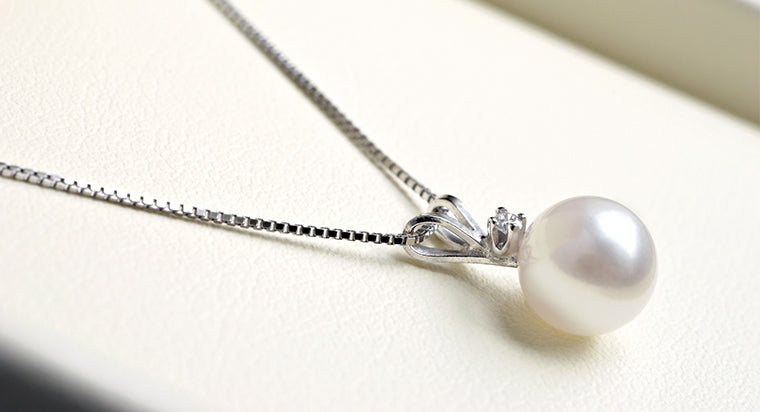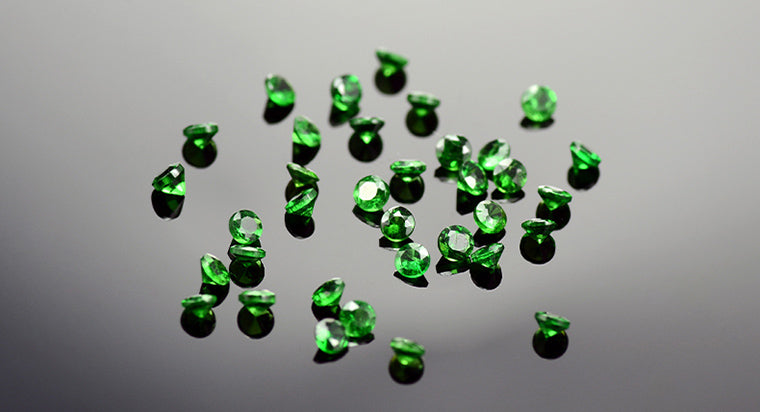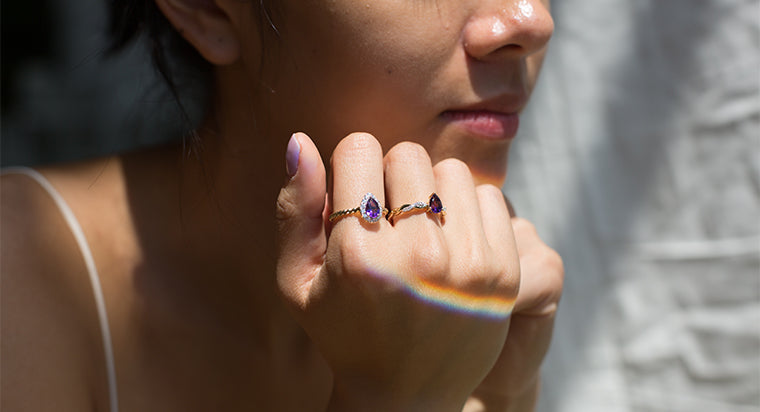Aquamarine Grading
What Is Aquamarine?
Aquamarine gemstone known for its stunning light blue-green color. Aquamarine is composed of the mineral beryl, and scores a 1.577-1.583 on the refractive scale and a 7.5-8.0 on the Mohs hardness scale. These factors make the stone durable, easy to care for, and a great addition to your jewelry collection.
TABLE OF CONTENTS
Where can Aquamarine be found?
The gem’s primary origin is in Brazil, where some of the most valuable stones are mined, but it can also be found in Pakistan, Russia, Tanzania, Madagascar, and other countries around the world. The name of this precious gem comes from the Latin term for seawater, and the blue-green stone was historically thought to protect sailors while they were at sea. Moreover, it is also the birthstone for March and the traditional gift for the 19th wedding anniversary. Aquamarine rings, necklaces, or bracelets can all make great gifts for these occasions.
How is Aquamarine Graded?
At With Clarity, grading aquamarine gemstones happen on a scale that will help you understand every aspect of the stone and find the piece that’s perfect for your needs. This special gem is graded on a scale that includes AAAA stones, AAA stones, AA stones, and B stones. AAAA represents the highest quality grade and these gems are extremely rare to find in nature, and therefore very expensive. With Clarity only uses AAA aquamarine, which represents the best combination of both quality and value.
What Determines Aquamarine Grading?
Many factors go into determining gemstone grade, and it’s important to understand how the 4Cs help determine the grade. Color, cut, clarity, and carat are all essential in determining the quality and value of aquamarine.
Color
Aquamarine color is famous for its gorgeous blue-green hue, and the color is an incredibly important factor in gemstone grading. Unlike some colorless stones, colored gemstone grading is based more on color than inclusions. Stones with more saturated color and brighter hue are valued over stones that contain fewer inclusions. The rich color works to disguise inclusions, making a gemstone with better color more valuable. The more saturated the color, the less visible any inclusions will be, which makes for a more beautiful finished product in any piece of jewelry.
Cut
The cut of aquamarine is another factor that is taken into account in terms of grading, and one which can vary based on personal preference. The most popular cuts of this blue-green gem are emerald and round. These are the most popular cuts because they emphasize the natural beauty and brilliance of the gems. Other common cuts for aquamarine include cabochon, and mixed-cut.

Cabochon Cut
Clarity
The clarity grade of any gem, including aquamarine is based on the inclusions present in the stone. Inclusions are imperfections that exist within the stone, and several different kinds of inclusions exist. High-quality, jewelry-grade gemstones should be eye clean, meaning there are no visible inclusions when examining the stone with the naked eye. Any gemstone that contains an abundance of obvious inclusions is usually used in beads or carvings.
The most common kind of inclusion in aquamarine exists in the form of long, hollow tubes. These kinds of inclusions allow jewelers to fashion ‘cat eyes’ into faceted pieces of jewelry. Other common inclusions that can be found in aquamarine include:
- Needles

- Lily Pads

- Dark Chromites

- Mineral Crystals

- Feathers

- Pinpoint

- Chip

- Internal Graining

- Cavity
- Surface Graining
- Knot
- Etch Channel
Purchasing Aquamarine
When purchasing this beautiful blue-green gem, it’s important to focus on selecting a high-quality stone that also fits into your desired budget. After selecting the type of gemstone, the next important aspects to bring into consideration is the ring style and color grade. Focusing on stones with high color grades is essential, and the most important aspect for colored gemstones. If a gemstone is richer in color, then the amount of flaws on and in the stone, would be less visible.
At With Clarity, we only offer AAA grade gemstones which are the best mix of quality and value. We offer a vast selection of striking gemstone engagement rings. A majority of our gemstone rings can hold 0.5 to 2.0 carats. To add more unique features and customization, we offer 14kt and 18kt in white/yellow/rose gold and platinum.
With Clarity AAA-grade Aquamarine
Our aquamarine goes through a 100% natural heat treatment which brings out the stone’s rich blue hue. That goes to say, heat treated gemstones are by all means considered real. The composition and appearance of heat treated aquamarine and natural aquamarine are the same. Gemstones that are heat treated from us still derive from the earth from natural deposits.
Understanding how gemstones are graded can help you make the best choice for your jewelry needs. Whether you are looking for aquamarine engagement rings, aquamarine wedding rings, necklaces, or any other kind of jewelry, With Clarity offers gems and various settings that fit any style.
FAQs
Is Aquamarine a durable stone?
Aquamarine is a considerably durable stone with a rating of 7.5 to 8 on Moh's hardness scale. However, care must be taken to protect it from scratches and other types of damage.
Where is Aquamarine found?
Aquamarine is found in abundance in Brazil, but it is also mined in Pakistan, Russia, Tanzania, Madagascar, and other countries around the world.
Is Aquamarine a birthstone?
Yes, it is the birthstone for the month of March.
How is Aquamarine graded?
Aquamarines are graded based on their color, carat weight, cut, and clarity. Out of these factors, color is the most important, followed by clarity and cut. Typically, aquamarines with an intense dark blue to greenish-blue hue are considered the most valuable.
What are the common inclusions found in Aquamarine?
The most common inclusions in aquamarines include needles, lily pads, dark chromites, and feathers.









